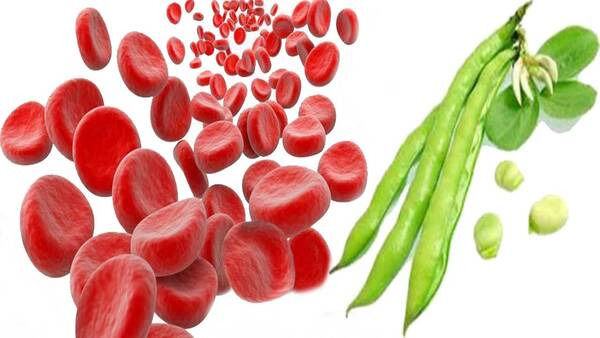Abdali Hospital - 25th floor - Amman - Jordan

G6PD deficiency is a genetic disorder that most often affects males. It happens when the body doesn't have enough of an enzyme called glucose-6-phosphate dehydrogenase (G6PD).
-It is a housekeeping enzyme that plays a vital role in the prevention of cellular damage from reactive oxygen species (ROS). It does this by providing substrates to prevent oxidative damage.
-G6PD helps red blood cells work, It also protects them from substances in the blood that could harm them.
In people with G6PD deficiency, either the red blood cells do not make enough G6PD or what they do make doesn't work as it should. Without enough G6PD to protect them, the red blood cells break apart, this is called hemolysis and can cause tiredness, dizziness, and other symptoms.
Epidemiology
G6PD is the most common human enzyme defect known, affecting upward of 400 million people worldwide. Men are more commonly affected than women due to X-linked inheritance.
What Causes G6PD Deficiency?
G6PD deficiency is inherited, children who have it are born with it because it was passed down in genes from one or both of the parents, the gene responsible for this condition is on the X chromosome.
What are the symptoms of hemolytic anemia?
G6PD can cause hemolytic anemia, this is when the red blood cells break down faster than they are made.
Symptoms of hemolytic anemia include:
• Pale skin
• Yellowing of the skin, eyes, and mouth (jaundice)
• Dark-colored urine
• Fever
• Weakness
• Dizziness
• Confusion
• Trouble with physical activity
• Increased heart rate
Red blood cells that don't have enough G6PD are sensitive to some medicines, foods, and infections. When these things trigger a quick loss of red blood cells over a short time, it's called a hemolytic crisis. In these cases, the symptoms stop when the cause is gone. In rare cases, G6PD deficiency leads to chronic anemia regardless of exposure to triggers.
Triggers of hemolysis in kids with G6PD deficiency include:
• Illness, such as bacterial and viral infections
• Some painkillers and fever-lowering drugs
• Some antibiotics (most often those with "sulf" in their names)
• Some antimalarial drugs (most often those with "quine" in their names)
• Fava beans (also called broad beans)
• Naphthalene (a chemical found in mothballs and moth crystals). Mothballs can be very harmful if a child swallows one.
What Can Parents Do?
The best way to care for a child with G6PD deficiency is to limit exposure to anything that triggers symptoms, check with your doctor for instructions, and a list of medicines and other things that could be a problem for a child with G6PD deficiency.
• Don't eat fava beans
• Don't buy fava beans
• Don't approach a fava beans farm, as it is the most common cause of the problem
• Always tell your Doctor that your child has G6PD before prescribing any medicine to him In case of dark urine ( cola like ) colored, go to Emergency Room immediately
With the right care, G6PD deficiency should not keep a child from living a healthy, active life.
Reference: upto date, kidsHealth